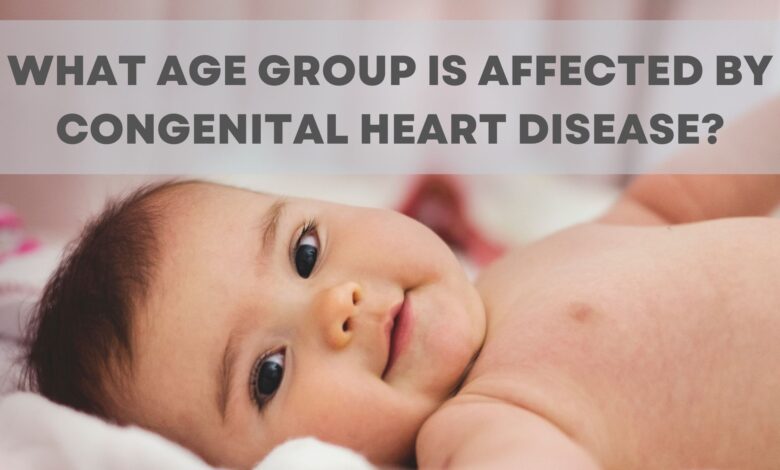What age group is affected by Congenital Heart Disease?

Congenital heart disease (CHD) refers to the most common type of birth defects, present at the time of birth itself affecting the development and the physiology of the heart.
And yes, like most people assume heart disease to associated with adults, these are defects that infants and children are born with.
Congenital Heart Defects affect how blood flows through the heart and out to the rest of the body, which is classified as left-to-right shunt or Acyanotic Heart disease and right-to-left shunt or Cyanotic Heart Disease.
Types of CHD’s
The most common types of CHD diagnosed are:
- Aortic Stenosis,
- Atrial Septal Defect (ASD),
- Ventricular Septal defect,
- Tetralogy of Fallot,
- Coarctation of the Aorta (COA),
- Ebstein Anomaly,
- Hypoplastic left heart syndrome,
- Patent ductus arteriosus (PDA),
- Patent foramen ovale etc.
Considering the birth prevalence of congenital heart disease is 9 in 1000, the estimated number of children born with it in India is more than 200,000 per year.
The cause of CHD is still unknown. But ongoing research seems to point towards most of them arising due to chromosomal or gene mutations. It is also influenced by environmental factors and the mothers health during pregnancy affected by the diet and drugs consumed during gestation. Or, example, consumption of alcohol, drugs like thalidomide, isotretinoin etc.
Symptoms of CHD
Commonest presentations include cyanosis of nails and lips or ‘blue babies’, which improves on squatting or bringing the knees closer to the chest, fast breathing, poor feeding and poor weight gain, increased lung infections, sleepiness or dizziness. Some CHDs may diagnosed during pregnancy using a special type of ultrasound called a fetal echocardiogram; some may or may not be detected until birth or later. It’s confirmed by amniocentesis during pregnancy.
Several adults who have grown into adulthood with CHD, should monitored by a congenital heart specialist.
And may need to take precautions to prevent endocarditis throughout their life.
Treatment for CHD
Children’s heart treatment depends on the defect the child possesses, how severe it is, and the child’s age, size, and general health. So, Mild defects don’t usually require treatment, whereas severe conditions require surgical treatment. For some children, heart treatment and supervision required throughout their life. Several children heart foundation work for children diagnosed with congenital heart disease, to provide for better healthcare facilities. Especially for the needy and the most vulnerable population in the lower socioeconomic strata. These foundations raise money for the deprived children between 0-18 years; providing evaluations, management, treatment and follow up has proved to be efficient in improving their conditions.
One such children heart foundation is Genesis Foundation.
Which raises funds for CHD treatment of underprivileged children and has a wide reach of 20+ hospitals all over India.
They help in providing the best treatment and timely surgery.
Without compromising the quality of care and services for any child irrespective of their financial condition (Genesis Heart Foundation, n.d.). A lot of success stories have emerged from this Foundation and you can read more about them on www.genesis-foundation.net.
Moreover, They aim to provide these services to under-privileged families who are indigent and can’t afford the right heart treatment and surgery regardless of the caste, religion or race.
This children’s heart Foundation sustained by donors and partners who wholeheartedly believe in the cause to care for the ill and needy.




